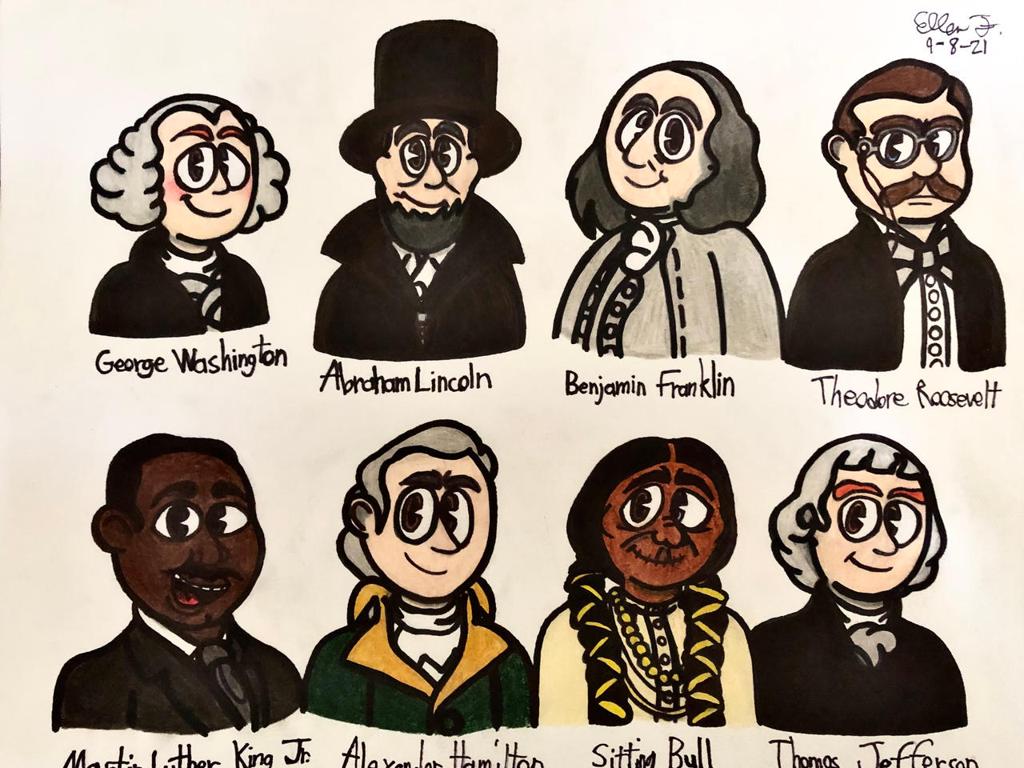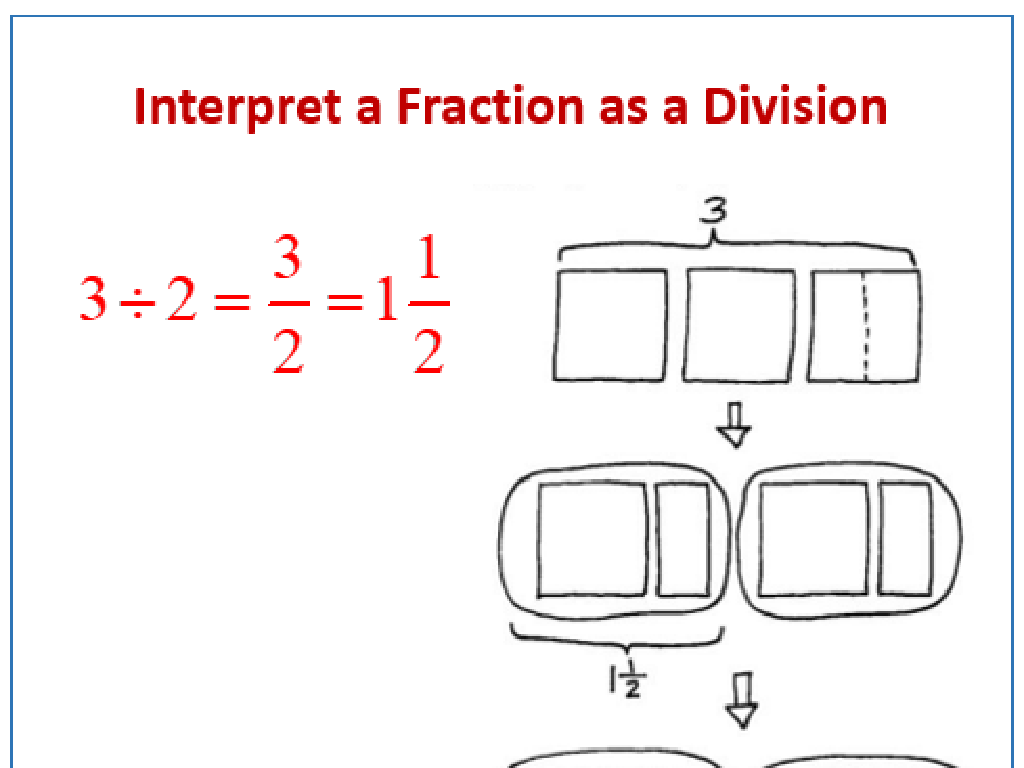Abbreviate Mass, Volume, And Temperature Units
Subject: Science
Grade: Fifth grade
Topic: Units And Measurement
Please LOG IN to download the presentation. Access is available to registered users only.
View More Content
Basics of Measurement & Units
– Why measurement matters
– Units of length, mass, & temperature
– Length (meter – m), Mass (gram – g), Temperature (Celsius – °C)
– Abbreviations for units
– Learn short forms: km, lb, °F, etc.
– Practical uses in daily life
|
This slide introduces the concept of measurement and its importance in everyday life. Explain that measurement allows us to quantify the world around us, which is essential for science, construction, cooking, and more. Discuss common units of measurement such as meters for length, grams for mass, and degrees Celsius for temperature, and their abbreviations. Emphasize the need to understand and use these abbreviations correctly. Provide examples of how these measurements and their abbreviations are used in daily life, such as in recipes for cooking or instructions for building something.
Understanding Mass and Its Units
– Mass: Measure of matter
– Mass is how much matter is in an object, not dependent on location.
– Mass vs. Weight: They differ
– Weight is mass affected by gravity; varies with location.
– Common mass units: g and kg
– Grams for small objects, kilograms for larger items.
– Mass in daily life: sugar & clips
– A bag of sugar is often 1 kg, while a paperclip is about 1 g.
|
This slide introduces the concept of mass as a measure of the amount of matter in an object, which is different from weight, a measure that is influenced by gravity. Emphasize that mass remains constant regardless of location, while weight can change if the force of gravity changes. Explain that grams are used to measure lighter objects and kilograms for heavier ones, providing relatable examples such as a bag of sugar and a paperclip to help students visualize and remember the units. Encourage students to think of other examples of items that could be measured in grams and kilograms to reinforce the concept.
Abbreviating Mass Units
– Writing mass units in short
– Mass units like grams (g), kilograms (kg)
– Example: 1000g = 1kg
– 1000 grams is equal to 1 kilogram
– Classroom items mass activity
– Find items and write their mass in kg or g
|
This slide introduces students to the concept of abbreviating mass units, which is a fundamental skill in science for reporting and understanding measurements. Start by explaining that scientists often use shorter forms for units to make writing and calculations easier. Show the conversion between grams and kilograms with the example provided. For the activity, have students look for items in the classroom, estimate their mass, and then write them down using abbreviations for grams or kilograms. This will help them become familiar with the concept of mass and its measurement in science. Provide a list of common classroom items with their estimated masses for reference.
Understanding Volume in Science
– Volume: space occupied by objects
– Common volume units: mL, L, cm³
– mL for small amounts, L for larger, cm³ for solids
– Example: water bottle = 1 L
– A typical water bottle holds one liter
– Example: dropper = 1 mL
– Medicine droppers usually measure in milliliters
|
Volume is a fundamental concept in science, representing the three-dimensional space an object occupies. It’s important for students to understand that different units of volume are used based on the amount of space an object takes up. Milliliters are used for small quantities of liquid, while liters are for larger volumes, and cubic centimeters are typically used for the volume of solids. Use everyday examples like a water bottle to illustrate a liter and a medicine dropper for milliliters to make the concept relatable. Encourage students to think of other objects and what units they would use to measure their volume.
Abbreviating Volume Units
– Abbreviate volume units
– e.g., milliliter becomes mL, liter becomes L
– Convert 500 mL to L
– 500 mL is equal to 0.5 L
– Lab activity: Measure liquids
– Use graduated cylinders to measure
– Record & abbreviate your findings
– Write results using abbreviations
|
This slide introduces students to the concept of abbreviating volume units, a key skill in science for clear and concise communication. Start by explaining common volume units like milliliters (mL) and liters (L) and their abbreviations. Then, work through the example conversion of 500 mL to 0.5 L to demonstrate how to convert and abbreviate units. For the lab activity, guide students to measure various volumes of liquids using graduated cylinders and then record their measurements using the correct abbreviations. This hands-on experience reinforces their understanding of volume measurement and the importance of using standardized units in science. Ensure safety in the lab by reminding students of proper handling and measuring techniques.
Understanding Temperature and Its Units
– Temperature measures hot or cold
– Units: Celsius (°C) and Fahrenheit (°F)
– Water freezes at 0°C, boils at 100°C; freezes at 32°F, boils at 212°F
– Reading a thermometer
– Thermometers show temperature with °C and °F scales
– Comparing temperature scales
– Learn how to convert between °C and °F
|
This slide introduces the concept of temperature as a measure of how hot or cold something is, which is a fundamental aspect of science. Students will learn about the two most common units of temperature: Celsius and Fahrenheit. Emphasize the key freezing and boiling points of water for both scales, as these are important reference points. Show students how to read a thermometer, pointing out the differences between the Celsius and Fahrenheit scales. Finally, introduce the idea of converting between the two scales, which will be explored further in class. This foundational knowledge is crucial for understanding weather reports, cooking, and scientific experiments.
Abbreviating Temperature Units
– Writing temperature units shortly
– Celsius (°C), Fahrenheit (°F), Kelvin (K)
– Convert 100°C to Fahrenheit
– Use the formula (100°C × 9/5) + 32 = 212°F
– Classroom temperature activity
– Measure and write down the room’s temp. in °C and °F
– Importance of correct abbreviation
|
This slide introduces students to the concept of abbreviating temperature units, an essential skill in science for recording data efficiently. Start by explaining the common temperature scales: Celsius, Fahrenheit, and Kelvin, and their abbreviations. Engage the class with a practical conversion example of 100°C to Fahrenheit using the formula. For the activity, have students measure the classroom temperature using thermometers and then write down the abbreviation of the units in both Celsius and Fahrenheit. Emphasize the importance of using the correct abbreviation to avoid confusion in scientific communication. Provide additional examples if time allows and encourage students to think of situations where temperature measurement is crucial.
Measurement Scavenger Hunt Activity
– Find classroom items to measure
– Record mass, volume, temperature
– Note down measurements using g, mL, °C
– Use unit abbreviations
– Share measurements with class
– Discuss findings in groups or with everyone
|
This class activity is designed to help students apply their knowledge of abbreviating units of mass, volume, and temperature. Provide students with scales for mass (grams), graduated cylinders for volume (milliliters), and thermometers for temperature (Celsius). Encourage them to find a variety of items to measure. Remind them to use the correct abbreviations for each unit: g for grams, mL for milliliters, and °C for degrees Celsius. After the activity, have students share their findings with the class to foster a collaborative learning environment. Possible variations of the activity could include measuring the mass of different books, the volume of containers, or the temperature of water in different parts of the classroom.
Conclusion: Abbreviations in Measurement
– Recap: Abbreviations for mass, volume, temperature
– Importance of knowing these abbreviations
– Helps in science experiments & understanding recipes
– Get ready for a quiz next class
– Review your notes and practice!
– Practice with examples like kg for kilogram, L for liter, °C for Celsius
|
This slide wraps up our lesson on units and measurement, specifically focusing on the abbreviations for mass, volume, and temperature. Understanding these abbreviations is crucial for students as they are widely used in scientific experiments, cooking, and everyday life. It’s important for students to be comfortable with these terms as they will encounter them frequently in their studies and beyond. Encourage the students to review their notes and practice abbreviating units to prepare for the upcoming quiz. Provide them with additional examples and practice exercises if possible to ensure they are well-prepared.






